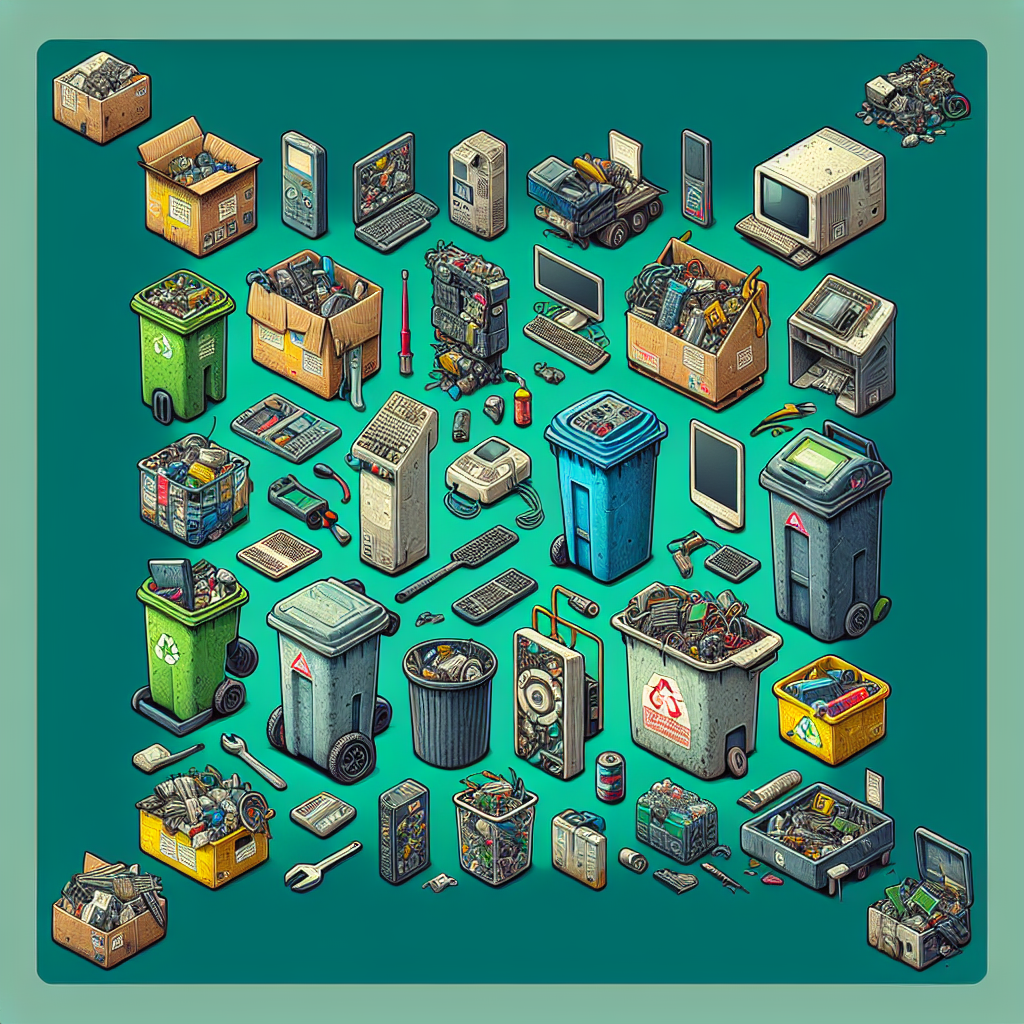Blog Ecobraz Eigre

10 types of electronic waste that your company didn't even know it needed to dispose of properly
Lithium-ion batteries
Present in notebooks, smartphones and other portable devices, lithium-ion batteries contain heavy metals that can contaminate soil and water if disposed of incorrectly.
Printed circuit boards (PCBs)
These boards are the brains of electronic devices and contain toxic components such as lead and cadmium, requiring proper disposal to avoid environmental damage.
Electrical cables and wires
Although they seem harmless, they accumulate large quantities and contain materials such as copper and plastic that can be recycled or disposed of correctly to avoid pollution.
CRT monitors
Old monitors use cathode ray tubes, which contain lead and are considered hazardous waste.
Fluorescent lamps and LEDs
These lamps contain mercury or other chemical elements that require specialized disposal to avoid contamination.
Chargers and power supplies
These accessories contain electronic components that can release harmful substances if they are not sent to specific collection points.
Printers and ink cartridges
In addition to containing electronic parts, cartridges contain chemical inks that require proper disposal to minimize environmental impact.
Old cell phones and smartphones
When disposed of improperly, they release heavy metals and other materials that affect human health and the environment.
Hard drives and storage devices
In addition to the potential for incorrect disposal, these devices contain sensitive data that needs to be erased before proper disposal.
Obsolete IT equipment
Computers, keyboards, mice and other peripherals contain recyclable and toxic materials, requiring specific disposal.
Conclusion: The correct disposal of this electronic waste is essential to avoid environmental contamination, promote recycling and guarantee public health. Identifying and directing each type of material to specialized collection points helps to ensure a sustainable future.

Deixe um comentário
O seu endereço de e-mail não será publicado. Campos obrigatórios são marcados com *